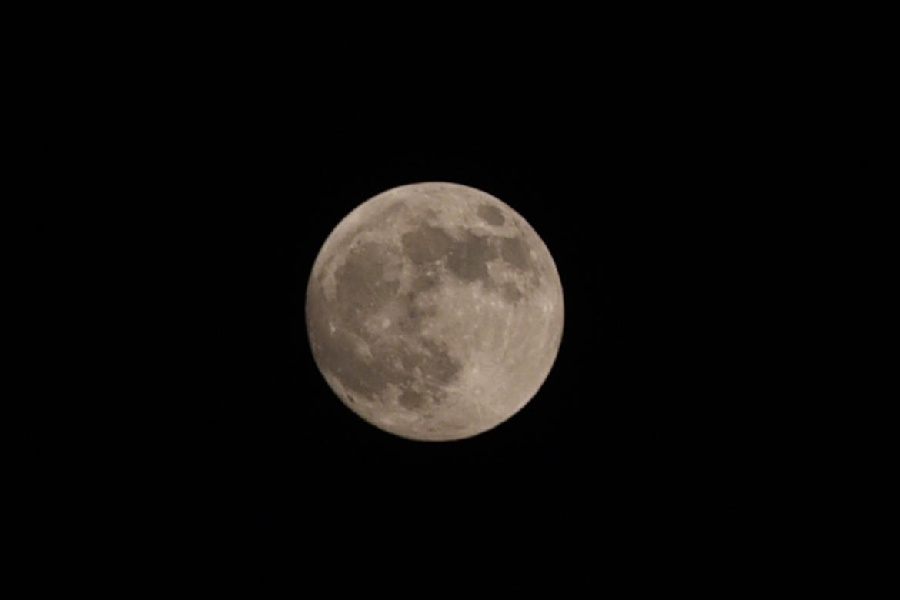This August, the two full moon nights will be special.
The full moon on August 1 and August 30 will be supermoons.
On August 1, around the time the moon reaches its maximum fullness, the Chandrayaan 3 module will be injected into a lunar transfer trajectory.
Moon goes around the earth once in 27.3 days in an elliptic orbit. As a result, at some point in its orbit, it will be farthest from the earth, the distant point being called the Apogee. And, at some other time, it will be closest to earth, the point being called Perigee.
When we have a full moon near the Perigee, closest to the earth, we get what is termed as supermoon. A supermoon is around 7 per cent bigger and 16 per cent brighter than a normal full moon.
The average distance between the earth and the moon is 3,84,00km. The distance can vary because of the elliptical shape of the moon’s orbit around earth and can range from 3,56,000km at perigee to 4,04,000km at apogee.
On the night of August 1, moon will be near the perigee in its orbit and hence the full moon will be a supermoon looking bigger and brighter. On August 1, the moon will be at a distance of 3,57,530km from the earth and will be 100 per cent illuminated by sunlight around 12.01am.
In Calcutta, the moon will rise around 6.17pm when the sun is also setting. Sky enthusiasts and moon struck people will get an exciting opportunity to see the big, bright supermoon from evening onwards, if the monsoon sky permits.
But, the month of August is important for us not only from the point of view of the Chandrayaan 3 mission but there will be another supermoon on August 30. The moon will be even closer the night of August 30, only 357,344km away. Because it is the second full moon in the same month, it will be what’s called a blue moon, reminding us of the often used phrase of something happening rarely as “once in a blue moon” occurrence.
According to calculations, astronomers have mentioned that the last time two full supermoons graced the sky in the same month was in 2018.
It won’t happen again until 2037. So, evening of August 1, one should keep a date with the moon and enjoy the beauty of a supermoon, which can be observed by naked eye
without any special precautions.
If one can see the supermoon, one should get immersed for a moment in the magical, captivating light.
Dr Debiprosad Duari is a former director of M.P. Birla Planetarium, Calcutta
